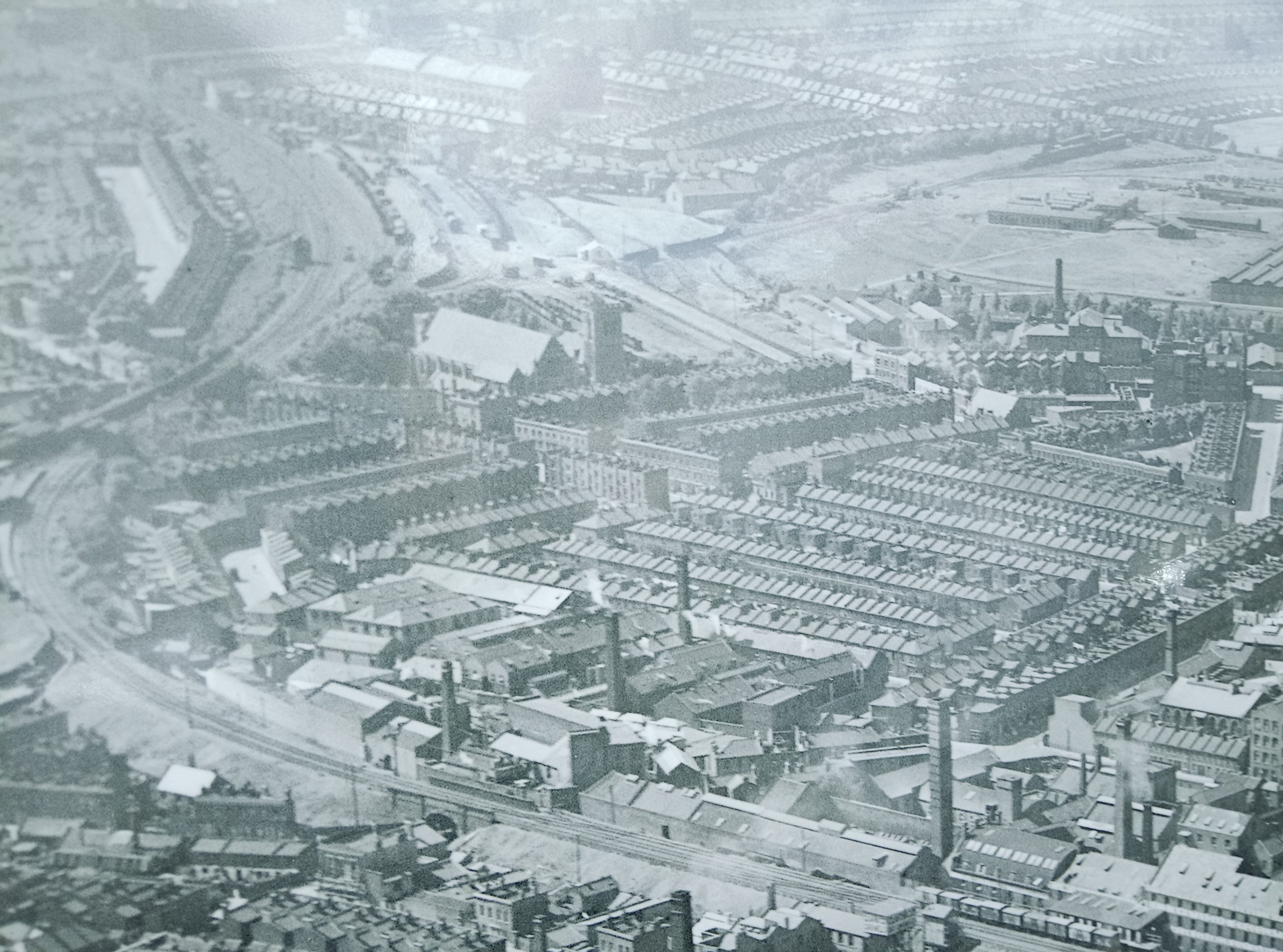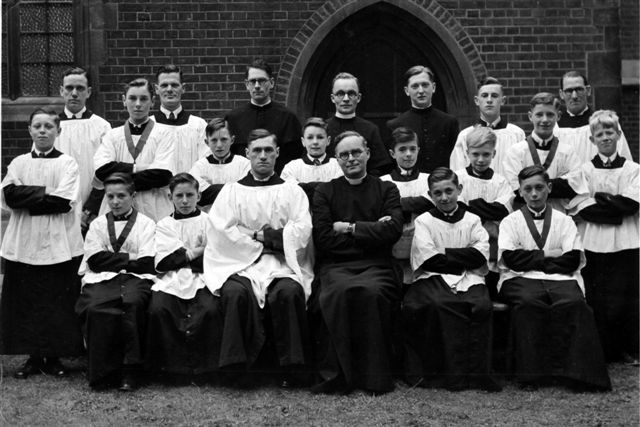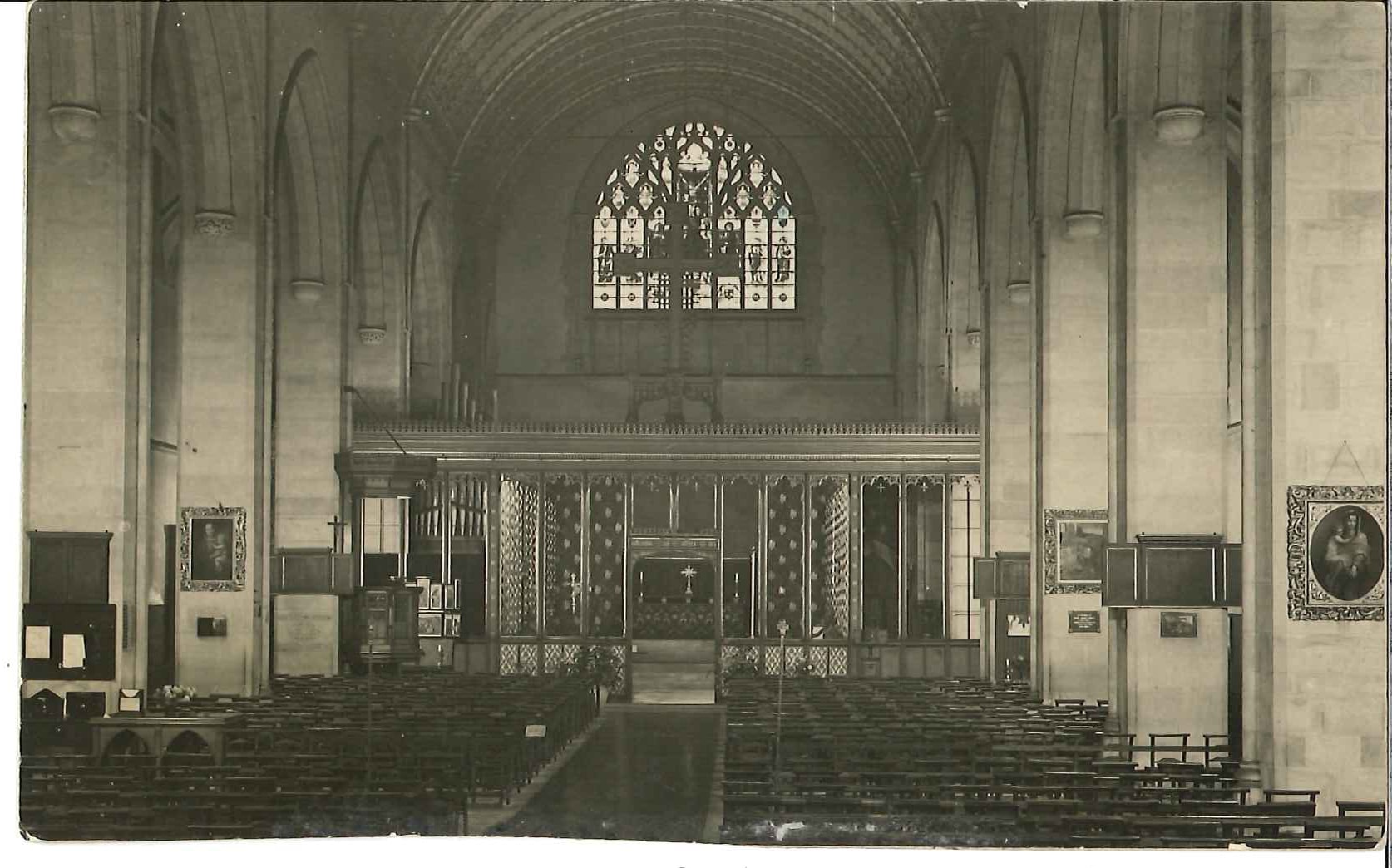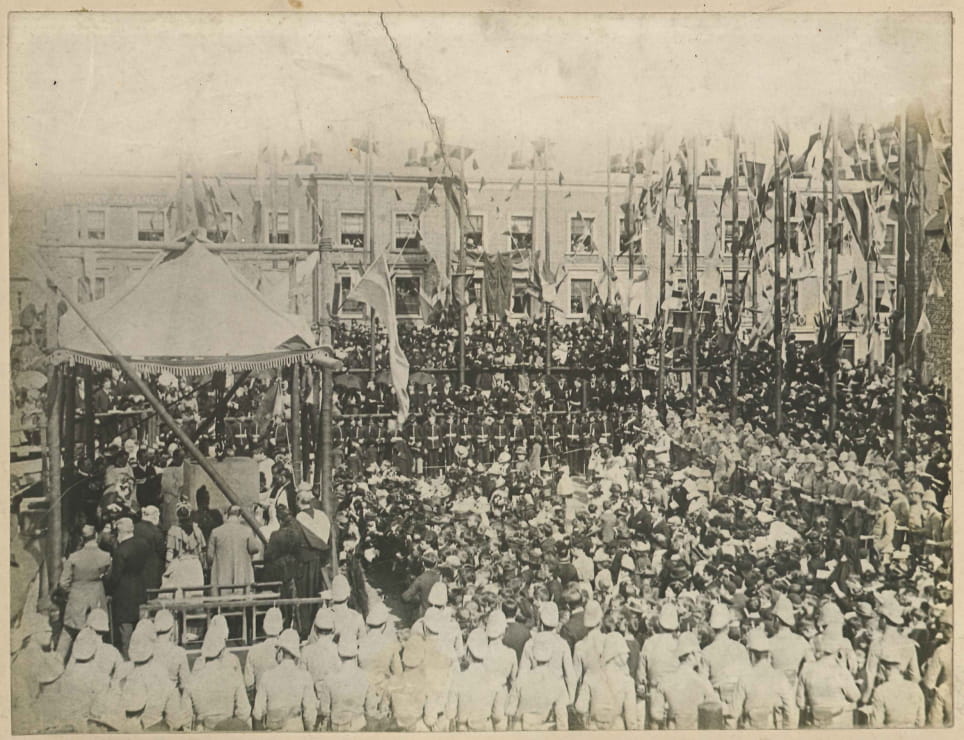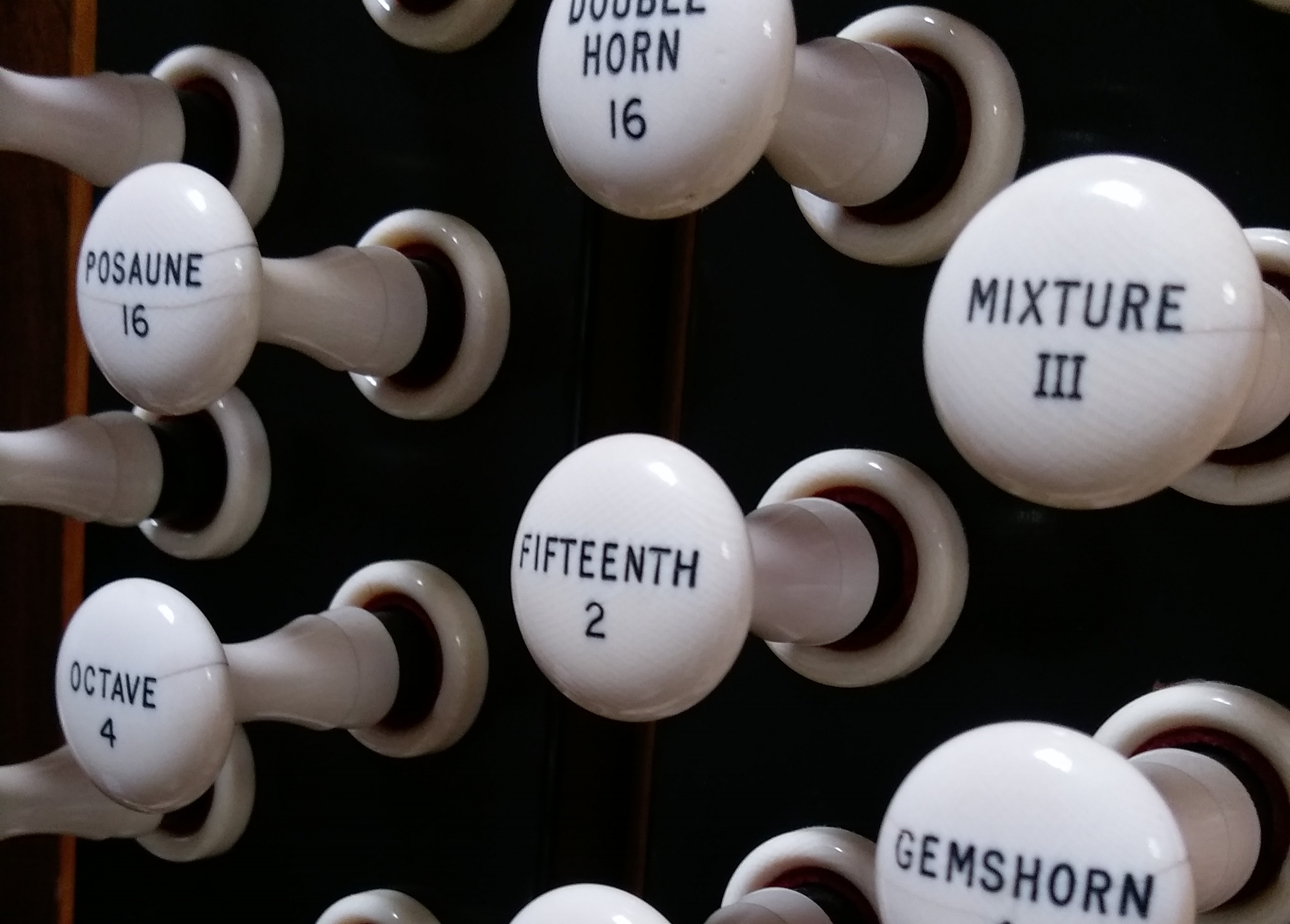Our History
It is important to be aware that St Mary of Eton is not the name of an obscure saint but reflects the importance that the world famous Eton College has had on our church’s development.
The 19th Century saw huge changes in Britain’s fortunes as a result of the Industrial Revolution. However, with the huge increase in the Nation’s Wealth, there were areas as there are today, that suffered in producing that wealth. Hackney overall was a prosperous neighbourhood but South Hackney, known as the Wick, was considered as ‘The Sink’. The social deprivation in this area was marked.
The Victorians developed a social conscience, which went hand in hand with their Christian beliefs, to improve the plight of the disadvantaged. Oxford University developed its activity in Poplar and a number of other public schools followed suit. In 1880, William How, Bishop of Bedford, persuaded the masters and boys of Eton College to establish a mission and support a priest in a district of his choosing. His choice was Hackney Wick. This area was officially part of the Parish of St Augustine in Victoria Park but was cut off from the rest of the parish by the arches under the railway.
Eton College
The connection with Eton College took various forms. Most importantly, they raised funds to pay the stipends of the clergy, which at one time was as many as 5 in the mission. Until the end of World War 1, the clergy were exclusively Old Etonians. Though this may be seen as ‘jobs for the boys’, the advantage to the parish came from their social connections and their ability to raise vital funds for the mission and its various projects. Without that link, there is doubt as to whether the mission would have survived in all its many activities for as long as it did.
Groups from Hackney Wick were entertained at Eton until the 1970s and this has recently been revived. In 1965, the financial connexions were severed and this whole process of withdrawal took until 1973. Nevertheless the right of patronage remains and a number of masters from Eton are still patrons of the living and still sit on the appointments committee for the local incumbent vicar.
The First Church
The first ‘church’ in Hackney Wick was a converted undertaker’s shop where the first mission service was held on the 17th October 1880. Hackney Wick gained parochial status in 1893. William Marlborough Carter was the first mission priest and despite initial resentment and hostility to him, he won over the local population, as he was a man who never lost his temper, but more importantly he was a good footballer. When it became known that he was one of the founders of West Bromwich Albion Football Club, opposition to him faded.
At this time, despite a thriving church, the social work aspect of the mission outweighed the spiritual side. William Carter developed the social welfare aspect of the mission using funds from the Old Etonians’ Committee to employ a ‘mission woman’ to visit homes. The Eton Ladies employed a parish nurse, who was the forerunner of today’s district nurse. Entertainment was also deemed as important as well as evening classes; this was an alternative to folk spending free time and money in public houses.
The Architecture
Laying the foundation stone 7th June 1980.
The site of the Eton Mission where the present buildings are located was acquired in 1880. The first building to be erected was the Mission Hall in 1884. Church going at this time was seen as a female activity and prejudice from the men was very strong. The working men’s club moved to the site in 1887. The architect of St Mary of Eton was George Bodley, a former pupil of Sir George Scott. His layout imitated on a small scale the layout of Eton College. Princess Christian who also laid similar stones in central Hackney laid the foundation stone on 7th June 1890. The church took 2 years to build and in June 1892, the new church with the dedication of St Mary of Eton was consecrated.
In 1898, Eton House was built to house the clergy. In 1911 the church was enlarged. The tower was built in the following year. In 1928, St Mary’s House was opened. During the Second World War, the mission was badly damaged by a flying bomb in 1944. The following year, St Augustine’s church in Victoria Park was badly damaged and its congregation joined St Mary’s. The two parishes were formally united in 1953 and so we are known as St Mary of Eton with St Augustine. Alterations to the interior of the church took place in 1958 and a new organ was installed.
The Church Today
There have inevitably been changes to the local infrastructure over the years but this was accelerated when London was awarded the hosting of the 2012 Olympic Games. The church underwent a major refurbishment in 2013/14 with some buildings demolished, some refurbished with the development of residential flats at the site of the old church hall resulting in a well-planned ‘campus’ with a new vicarage. The church and organ have been restored and St Mary of Eton provides a magnificent venue for worship, music and social activities.
The 59 Club
Princess Margret and Lord Snowden at The 59 Club
